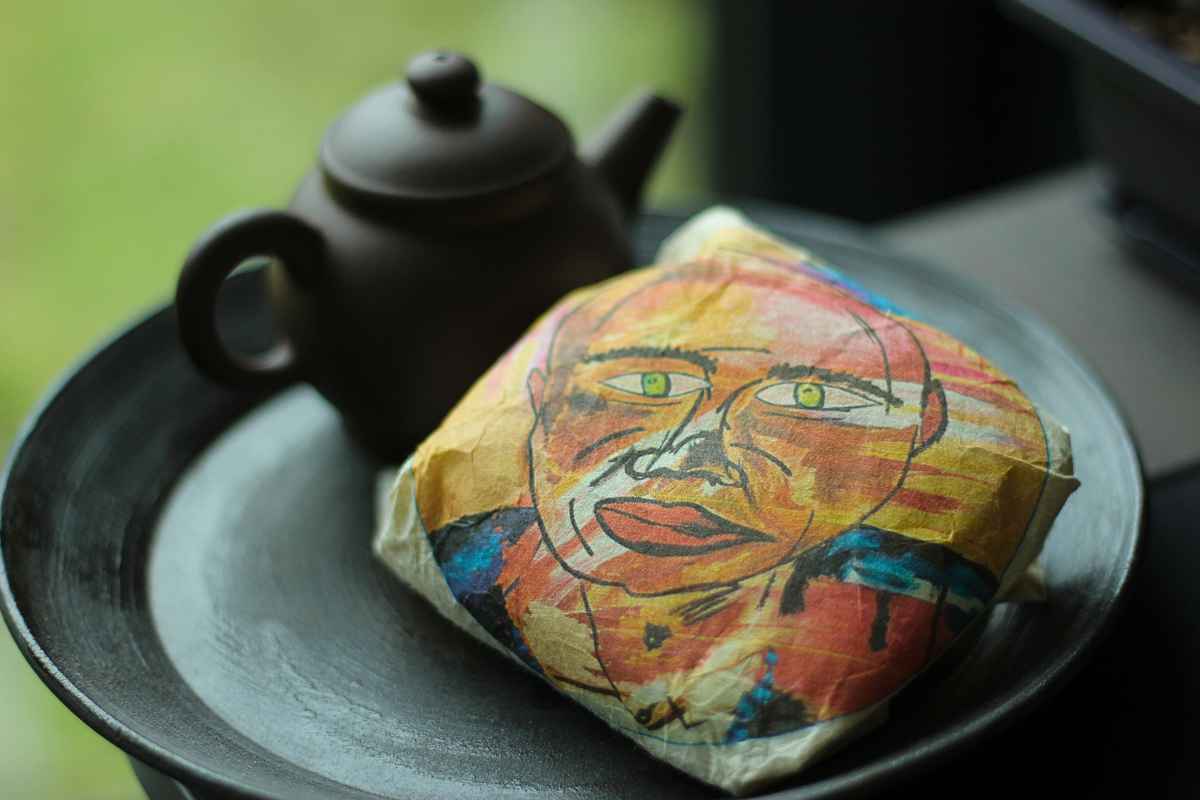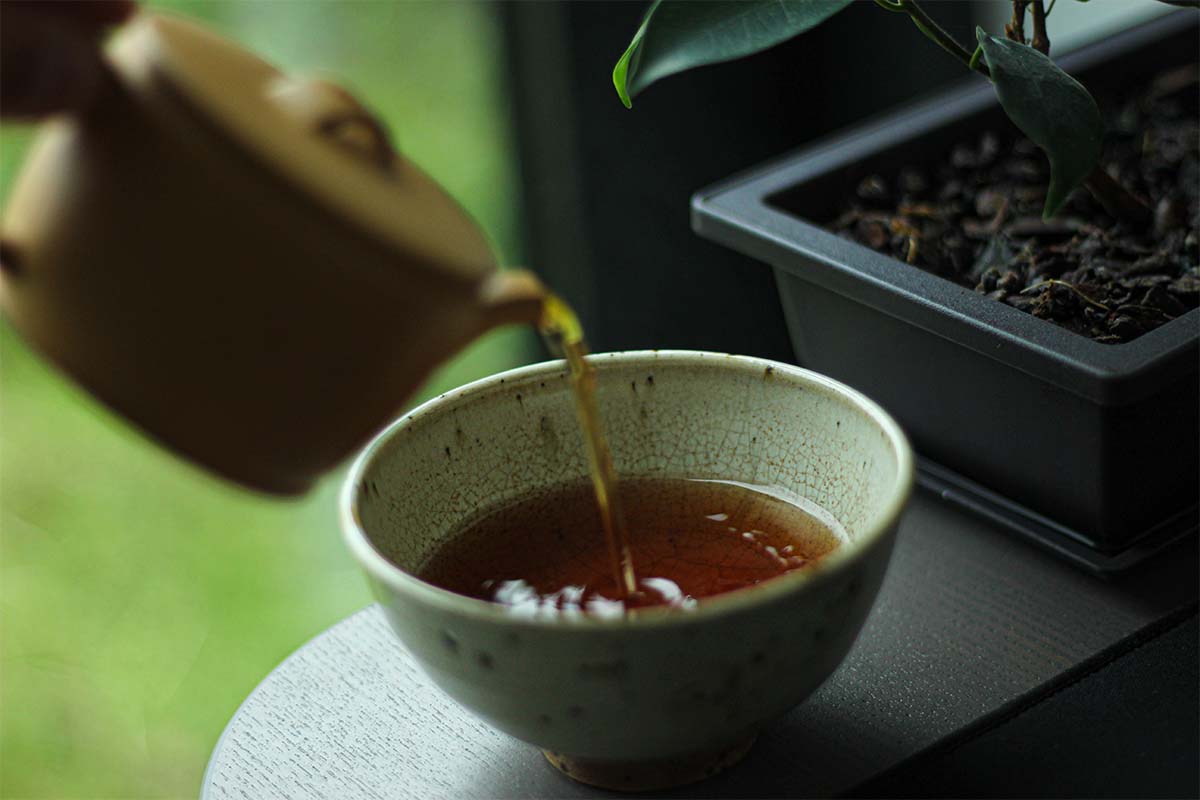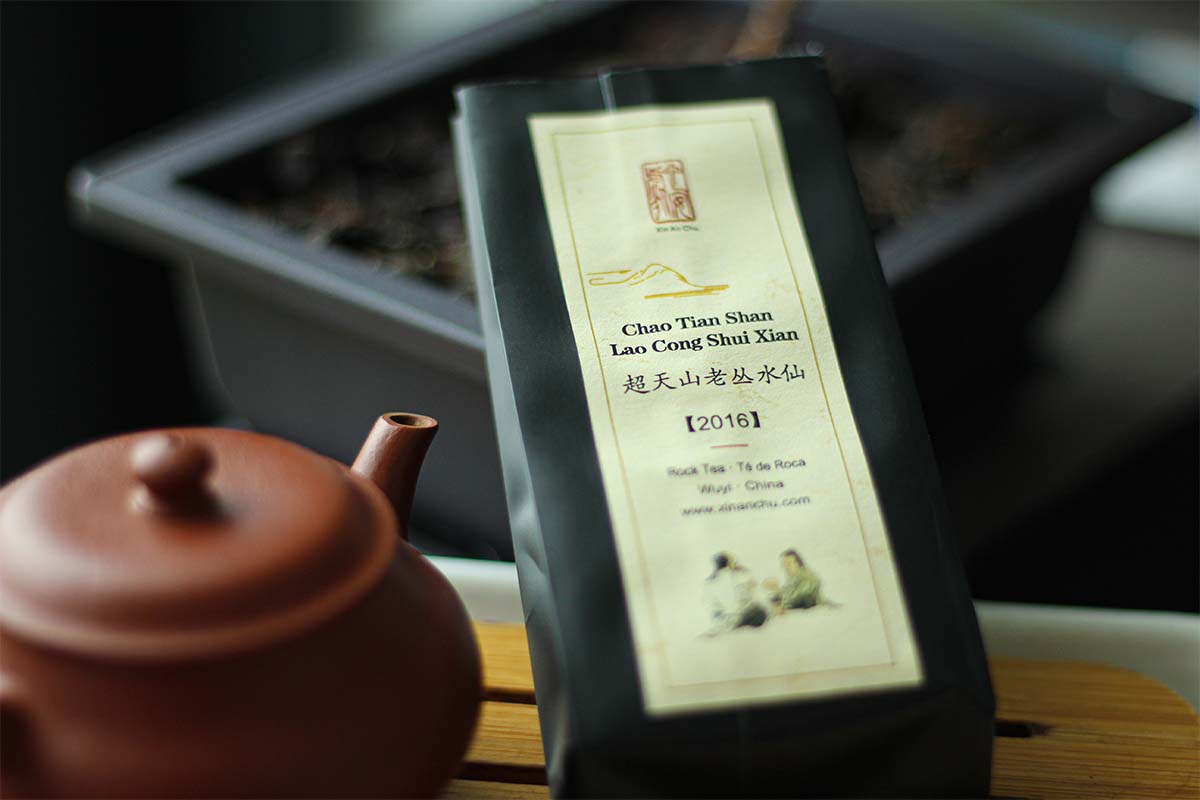As you know by know, tea is the second most consumed beverage in the world. Just like coffee, tea contains caffeine. Many people know this but they don’t know if it’s the same kind of caffeine as the one you have in coffee. Another question many people ask is how much caffeine there is in tea. This is a great question because it has a rather complex answer.
Caffeine in tea is very similar to caffeine in coffee but differs in some aspects. Tea will make you feel more alert while not feeling too active or anxious. Caffeine in tea is more about the positive aspects of caffeine and less about the downsides of this stimulant. The amount of caffeine in a cup of tea is approximately between 10-60mg per cup and varies a lot because it depends on the plant, leaves, processing, brewing time and water temperature.
What is caffeine?
Before delving deeper into how much caffeine there is in tea, it’s best to define what caffeine is exactly. According to Wikipedia:
Caffeine is a central nervous system (CNS) stimulant of the methylxanthineclass. It is the world’s most widely consumed psychoactive drug. Unlike many other psychoactive substances, it is legal and unregulated in nearly all parts of the world.
https://en.wikipedia.org/wiki/Caffeine
Most people consume caffeine by drinking coffee or tea. Caffeine is a natural stimulant and stimulates our body, leading to positive effects but also some negative side effects. You can read more about the effects of caffeine below.
Caffeine stimulates our body by sticking to receptors in the brain. Some of these receptors are responsible for feeling tired, which increases throughout the day. Caffeine sticks to these receptors, which leads to feeling less tired and more awake. Of course, this story is much more complicated but this is a basic explanation of how caffeine works.

Don’t know where to buy tea online? I made a list of over 300 online tea shops and I keep updating it regularly. You can check it over here
In addition to the tea plant (Camellia Sinensis), Caffeine is also found in other plants like cocoa beans. Caffeine is found in these plants as a natural defence mechanism against insects. It is toxic for insects so the plants try to scare them off this way.
How much caffeine per day
Caffeine is a stimulant so it’s important that you keep an eye on the amount of caffeine you consume on a daily basis. Consuming too much might have some bad consequences. Keep in mind that everyone reacts differently when consuming caffeine because some people are more sensitive to it and some might have a tolerance by drinking it on a regular basis.
The general guideline for an adult is 500mg a day. Pregnant women are only advised to consume a maximum of 200mg of caffeine a day. Caffeine is a stimulant so it’s better to keep it away from children as long as possible.
What are the effects of caffeine?
Caffeine stimulates our body and our senses and there are numbers of ways this can manifest itself. There are both positive and negative effects and you can see an overview of the most common effects below.
| Positive effects | Negative effects |
|---|---|
| enhances performance | anxiety |
| increases focus | feeling too active |
| boosts cognitive ability | panic attacks |
| reduces fatigue | |
| improves reaction time | |
| decreases the risk of several types of cancer |
Based on the list above, you see that one should keep an eye on the amount of caffeine one consumes on a daily basis. Taking in too much might lead to some unwanted side effects…
Diuretic effect of caffeine
It is said that caffeine has a diuretic function, which means that it has a dehydrating effect on the human body. It’s true that caffeine is mildly diuretic, so you feel the need to urinate. However, you take in much more fluid than you lose, so it’s not really an issue. In other words, you ingest more than you pee out.
Difference between caffeine in tea and coffee
Caffeine in tea and coffee is very similar, but there are quite a few differences as well. The major difference between them is the fact that tea also contains theanine, which is an amino acid that affects your mood and improves relaxation.
Theanine in combination with caffeine improves the positive effects of caffeine while mitigating the negative effects. In short, this means that drinking tea mostly results in the positive aspects of caffeine while limiting the bad side of this stimulant. This means that after drinking tea, most people will experience a state of ‘mindful alertness’ with an increased cognitive awareness without feeling anxious or overactive.
Caffeine in tea also has a more moderate effect as it enters the body more slowly and over a longer time period. So the effect is less intense but stays around for longer.
How much caffeine is in tea
This seems an easy question but is rather difficult to answer because it depends on a few different factors. In general, there is between 10mg and 60mg of caffeine in a cup of tea.
Type of tea
The type of tea is something that affects the caffeine in tea. Some varieties of the tea plant have a tendency to produce leaves with a higher level of caffeine (like the assamica variety). Seed grown tea leaves generally contain less caffeine than tea bushes/trees that are cloned.
Some people say that white tea has the lowest amount of caffeine and black tea the highest, but that is not necessarily true. It’s not a smart idea to generalize because there are many other factors that also affect the amount of caffeine in tea (read them below). It’s better to focus on the type of leaves you’re drinking instead of the type of tea.
Brewing method
This has a big influence on the amount of caffeine that ends up in the cup you’re drinking. The longer you steep the tea leaves, the more caffeine will be in your cup.
The temperature also affects the caffeine in your cup because the hotter the water, the faster caffeine will be extracted from the leaves.
Processing
The way tea leaves are processed during production also affects caffeine levels. The first step in the production process (picking) already shows differences. In summer, so when it’s hotter, there are more insects so the plants will produce more caffeine to protect against these insects.
There are other factors in processing that affect the amount of caffeine in the leaves but there is no real consensus on how much a particular step is responsible for an increase or decrease in caffeine. There are several studies, but not enough to reach a real consensus.
Kind of tea leaves
Another factor that affects the amount of caffeine in your cup is the type of tea leaves you’re drinking. By this I mean if you’re drinking buds, smaller leaves from the top of the plant, tips or bigger leaves from further down the plant.
In general, the higher the leaves are on the plant (buds being the highest), the more caffeine there is because these are the tender and soft leaves that are an easy target for insects. There is more caffeine in these leaves because they need more protection against insects.
Buds and tips are usually found in black and green tea, while bigger leaves from lower down the plant are generally found more in oolong teas.

Using tea bags usually results in more caffeine in your cup of tea.
Tea that is used in tea bags usually consists of very small and broken leaves and even tea dust and this will greatly affect the amount of caffeine in your cup. Tea that is brewed using a tea bag (usually) has a higher caffeine level than loose leaf tea (depending on the brewing parameters). Using smaller tea leaves means that caffeine will be extracted much quicker.
Caffeine in tisanes
All tea is made from a variety of the Camellia Sinensis plant, so tea leaves all contain caffeine. Herbal teas and tisanes are not really tea because they are not from a Camellia Sinensis plant. This means that herbal teas and tisanes do not contain any caffeine.
Chamomile tea is a well-known example of a tisane and is perfect to drink before going to sleep because it has a calming effect and does not contain any caffeine.
Controlling the amount of caffeine in your cup
The big advantage of drinking loose leaf tea is that you can control (up to a certain extent) how much caffeine will be in your cup of tea. You can choose how many leaves you use, how hot the water will be, how long you steep the leaves and the number of infusions you’re drinking.
Conclusion
Caffeine in tea is a complicated matter that doesn’t have a simple and straightforward answer. There is more to it than what meets the eye, but it’s interesting to think about it for a minute (or two). There are many different factors that affect the amount of caffeine in a cup of tea. Some myths about caffeine in tea are not true, as I have tried to show in this article.




